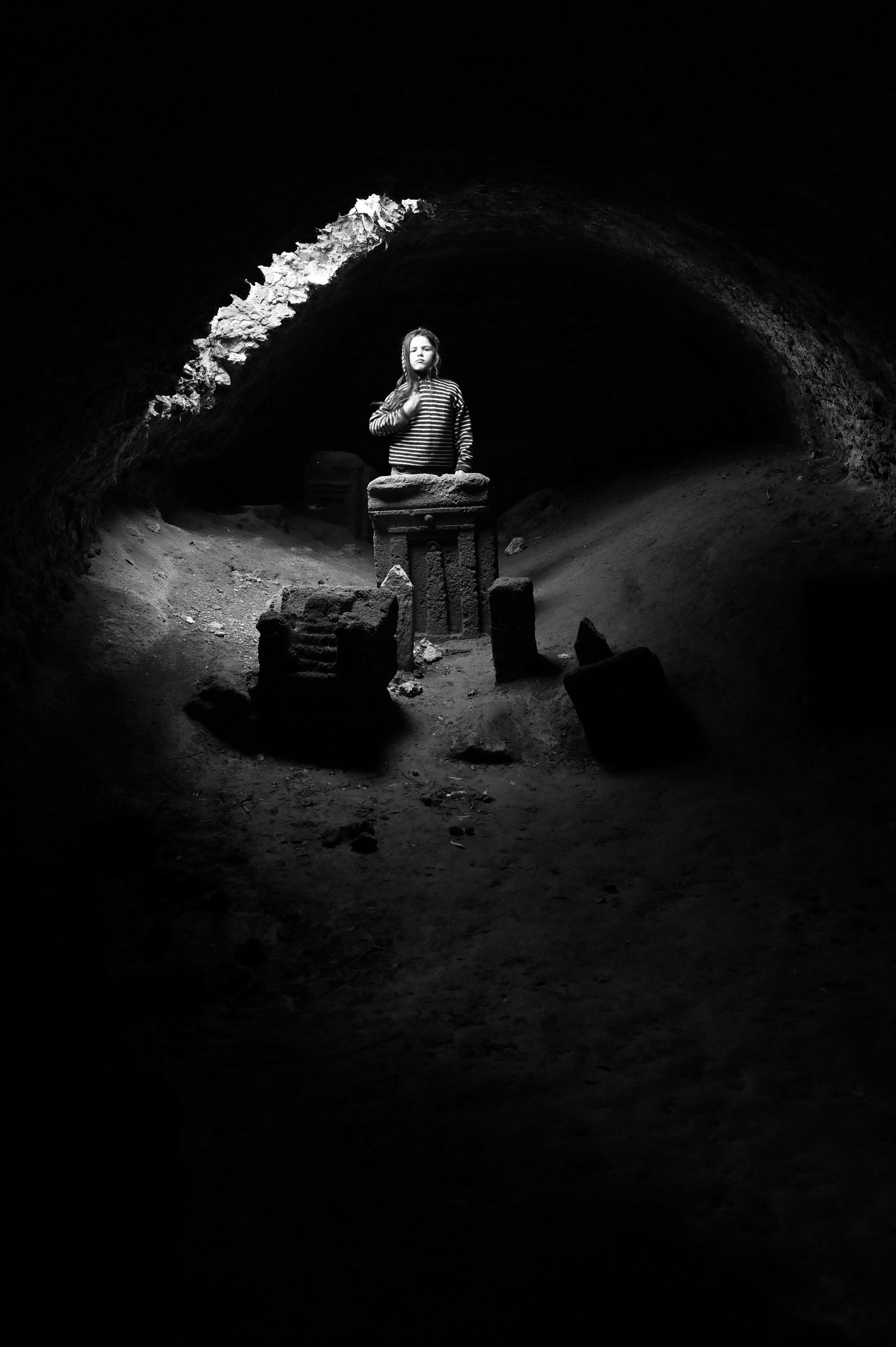I lived in Tunisia between 2018-21 and captured many of my experiences photographically, sometimes with a full-frame camera, but mostly with a smartphone. Clients sometimes ask me about it so I set up a dedicated page to display my imagery - some images here were taken professionally, but most taken just for fun...
My work with the UNHCR / Photographie pour l'HCR


These images were taken for the UNHCR and ended up being used by all sorts of organisations across Europe. The images were taken in and around Sfax in Tunisia.
The people photographed had escaped, or were in the process of escaping, hardship. The mother and child above were shipwrecked, and would have drowned were it not for being rescued. Asked if she would take such a risk again, she said yes. I think relatively few westerners come face to face with people who have to make such awful choices.
Other Photojournalism

Revisiting the Arab Spring
The Arab Spring of 2011 started in Sidi Bouzid in Tunisia, and these images were taken in the town ten years after, as part of an article for Dubai's The National news organisation. The article can be read here. Pictured in front of the mural to Mohamed Bouazizi (who self-immolation is credited with sparking the Arab Spring) is his cousin, Kais Bouazizi.
Weddings in North Africa


Tunisian Weddings
Because of where the country is geographically, the light in Tunisia is either far too strong, or not there at all - and the sunset in-between lasts about 20 minutes.
Tunisian weddings are a lot of fun, with plenty of noise, people, and chaos, but that means it's almost impossible to compose natural-looking imagery with clean backgrounds. Photographs are almost always taken at night due to high day time temperatures and couples generally behave less intimately compared to Europe, especially in front of family members who may be more traditional. Romantic imagery isn't always easy to capture and may not even be desired at all.
When I moved to France, I had very little imagery that couples who are more culturally European could relate to - I almost had to begin my wedding portfolio again. On the plus side, photographing in Europe is so much easier once you've experienced the harsh lighting conditions and other photographic challenges posed by North Africa!



These images were taken for a restaurant called The Cliff, which is in Northern Tunis. If ever you find yourself in Tunis, this resto, built into a cliff over-looking the Med, is the perfect place for a drink or meal.


Like so many Mediterranean cities, Tunis is a vibrant mixture of people and occasionally I'd ask strangers for portraits if I happened to have some lighting equipment with me.
These people, a shop owner and her friend, were photographed in a jewellery workshop on Sidi Bou Said's main street. The lighting was created with a simple off camera flash and a cheap, tiny soft box, 40 x 40 cm, which is one of my favourite light modifiers. It was in Tunisia where I really got to grips with creating and controlling light - usually because the harsh sunlight left me no other choice.















